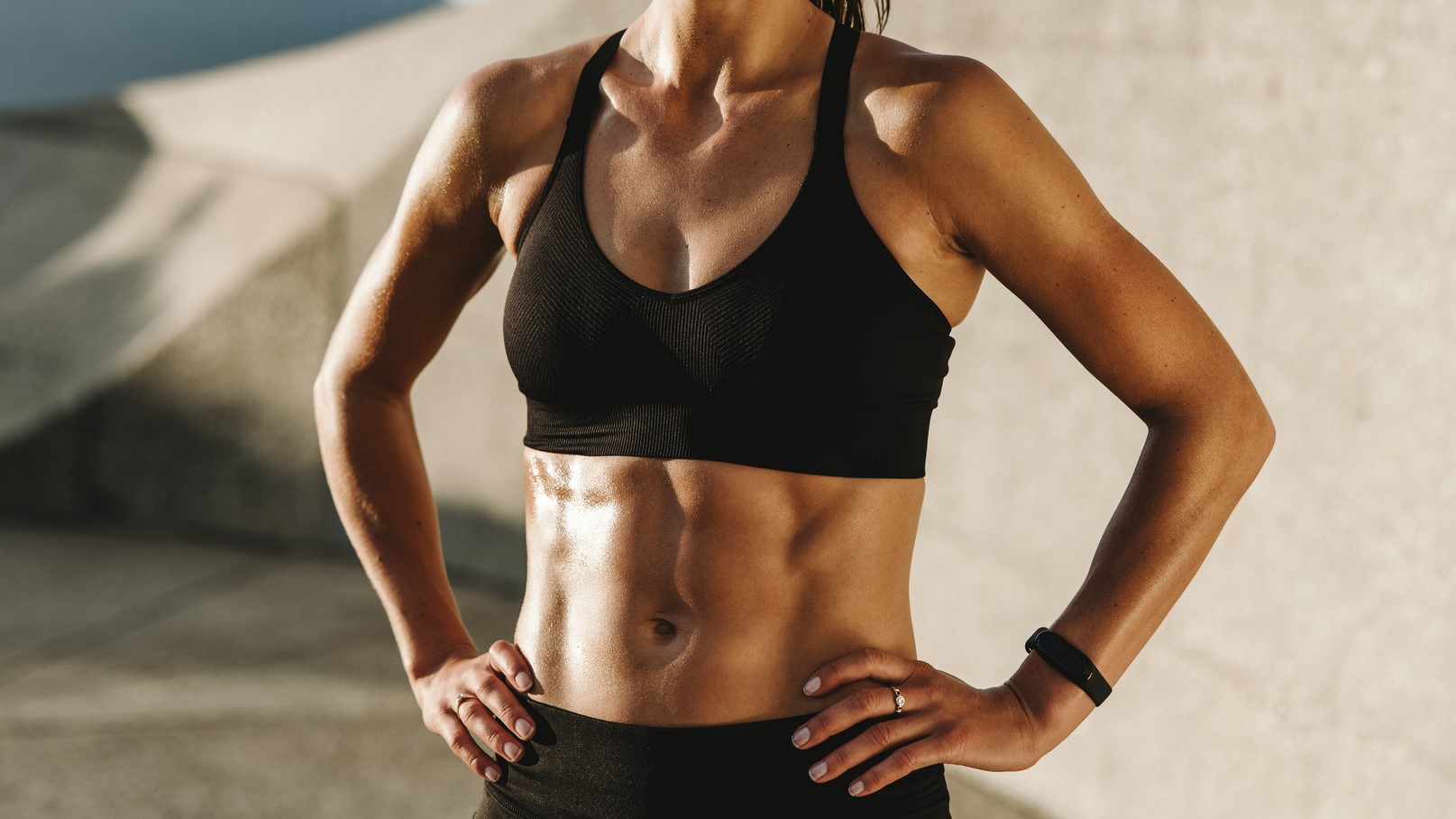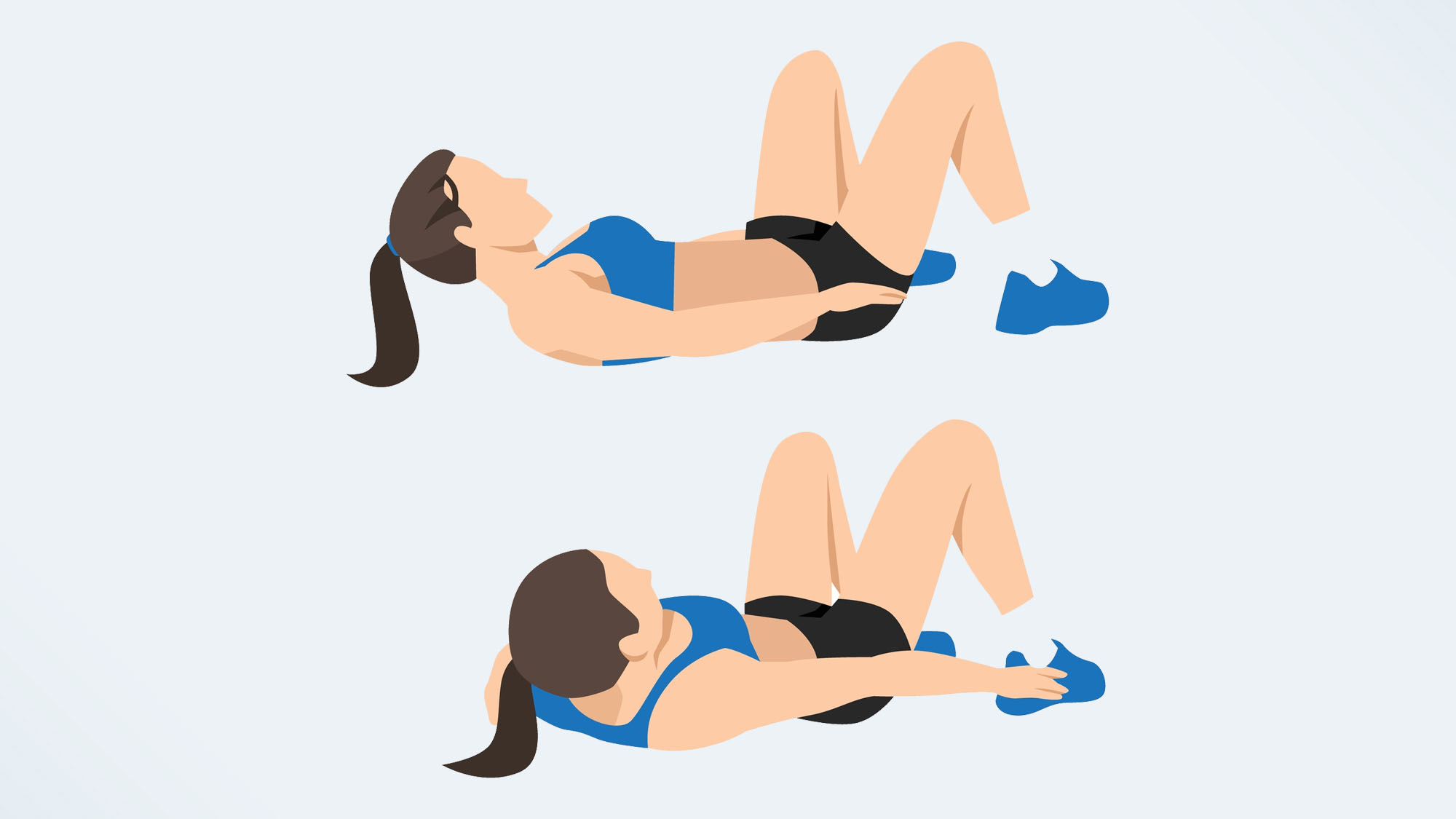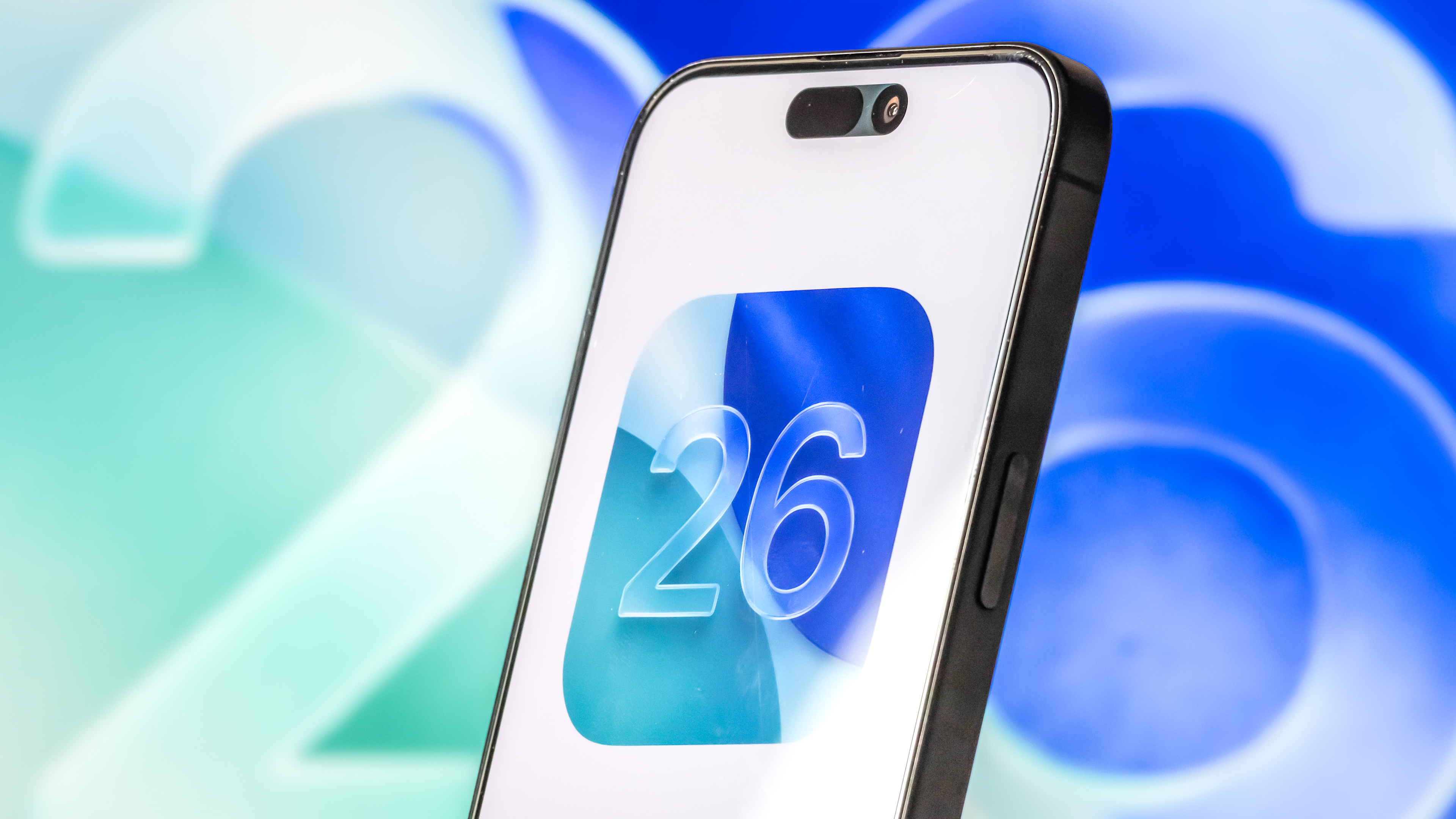I did 100 heel touches a day for a week — here’s my results

As a fitness editor, there’s nothing I love more than a workout challenge, and since joining Tom’s Guide, there’s been plenty of them. Next on the agenda — heel touches. This simple-looking crunch variation targets most of the muscles in your mid-section and can be done lying down on an exercise mat.
Let's start by taking a look at the benefits of heel touches. Heel touches really work the oblique muscles, which run along the outside of the trunk, but also target the transverse abdominis muscles — the deep core muscles that help stabilize the spine, and rectus abdominis — the outer core muscles. You’re also working your lower back during this exercise as you engage your core, helping reduce lower back pain.
To find out more about the benefits of this ab exercise, I did 100 reps a day for a week. As a reminder, what works for me might not be right for you and your body. If you're new to exercise, or returning to exercise following an injury, it's a good idea to check your form with a personal trainer before adding reps.
How to do heel touches
- To do a heel touch, start by lying on your back, with your knees bent and your feet flat on the yoga mat.
- Keeping your arms out by your sides, engage your abs and lift your head and neck off the ground.
- Try and keep the lower back pressed into the mat, and squeeze your abs as you reach your right hand to tap your right heel — it doesn’t matter if you can’t actually reach your heel, get as far as you can, feeling the obliques along the right-hand side of your body work.
- Return to your starting position and repeat on the opposite side. Keep switching sides, keeping your abs braced throughout the exercise.

I did 100 heel touches a day for a week — here’s what happened to my abs
I really felt the exercise in my obliques
I’m the first to admit I didn’t think this challenge would be all that hard — I’ve done heel touches in workouts before, and they’ve always felt like active recovery rather than an active part of my ab workout. But 100 reps in, I realized how wrong I’d been. This relatively simple-looking exercise didn’t take long to really make my obliques ache.
Unlike certain fitness influencers on the internet (Daisy Keech, I’m looking at you), I believe it’s important to work the obliques as hard as any of the other muscles in my core. As a runner, the obliques play an imperative role when it comes to running with proper form, allowing me to run further and faster.
Yet even if you don’t run, your obliques support your back and help your posture. This one really worked them hard, and by rep one on day two, I could feel them burning.
I liked how easy it was to modify the exercise
When talking to a personal trainer about this move, she told me that heel touches were a beginner-friendly exercise, but if you’re completely new to the move, lift your legs up to a tabletop position to help support the spine, and reach as you would if your heels were still on the floor.
Get instant access to breaking news, the hottest reviews, great deals and helpful tips.
By day four, I was getting painfully bored with this exercise, so I decided to up the ante and make them harder by lifting onto my tip toes. This meant I had to keep my glutes and legs engaged throughout the move. On day five, I stepped my feet slightly further away from my body, meaning I had to reach further to tap them.
My neck told me my form was off
It turns out I was getting too confident, however, and by the last few reps on my fifth day, my neck was starting to ache. Again, I consulted my personal trainer friend, who told me it was a sign I wasn’t engaging my core properly in the move and was lifting from my neck, not crunching from my abs. Think about engaging your stomach muscles as if you’re trying to crunch, she told me. I also opted for five sets of 20 reps, lowering my head back down to the mat for a few seconds between sets to ensure I was getting my form right.
I’ll be adding these to my workouts in future
Of course, 700 reps later, my abdominals looked exactly the same — visible abs are the result of a low body fat percentage (here’s how to calculate your body fat percentage, and why it matters), not endless heel taps. That said, my core felt stronger, and I found that by doing the exercise before heading out for my run, I was able to engage my abs and run with better form.
I suffer from sciatica and often find when my back is stiff, exercises like Russian Twists can be too much. I’ll definitely be switching these into my ab workouts in the future — just not 100 of them!
More from Tom's Guide
- I did 100 plank jacks a day for a week - here's my results
- I did walking planks every day - here's what happened
- The best ab exercises to work into your routine

Jane McGuire is Tom's Guide's Fitness editor, which means she looks after everything fitness related - from running gear to yoga mats. An avid runner, Jane has tested and reviewed fitness products for the past five years, so knows what to look for when finding a good running watch or a pair of shorts with pockets big enough for your smartphone. When she's not pounding the pavements, you'll find Jane striding round the Surrey Hills, taking far too many photos of her puppy.
